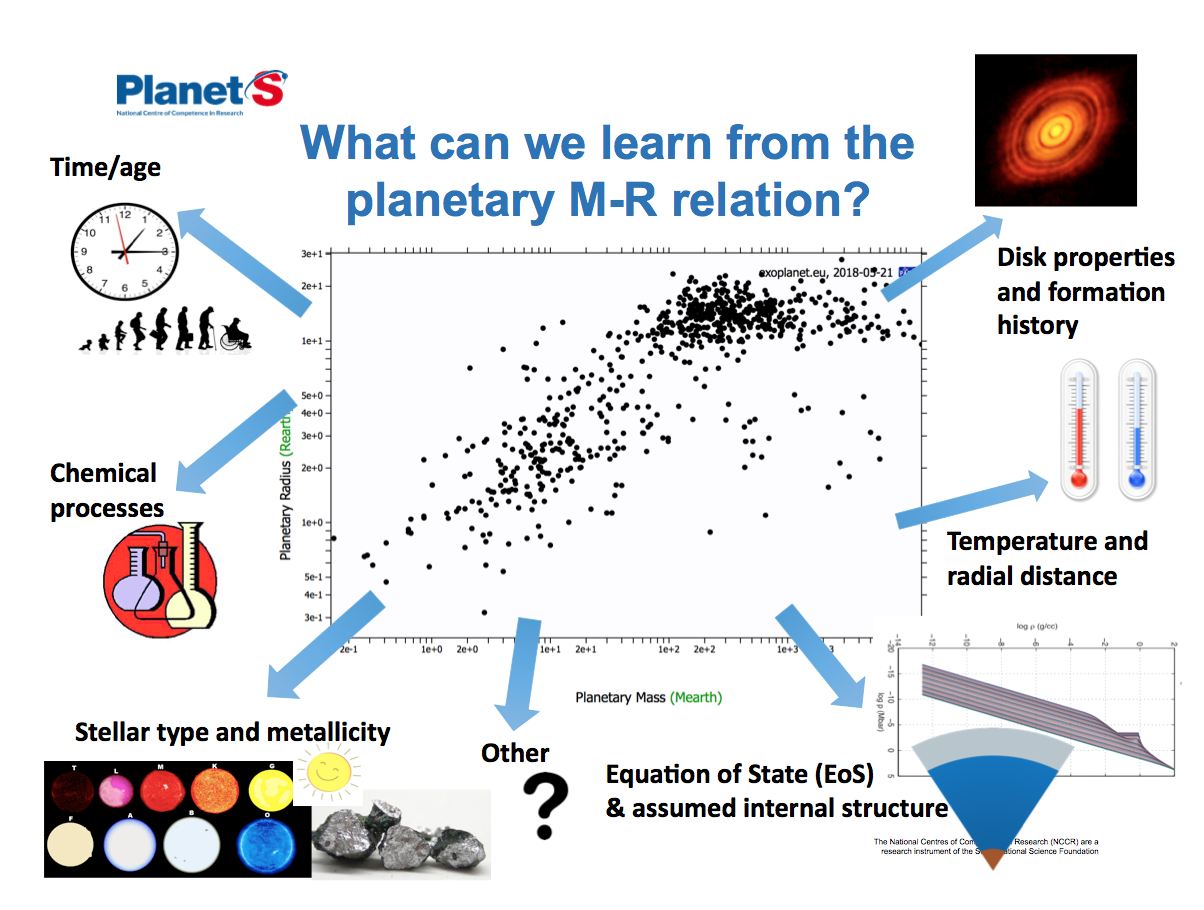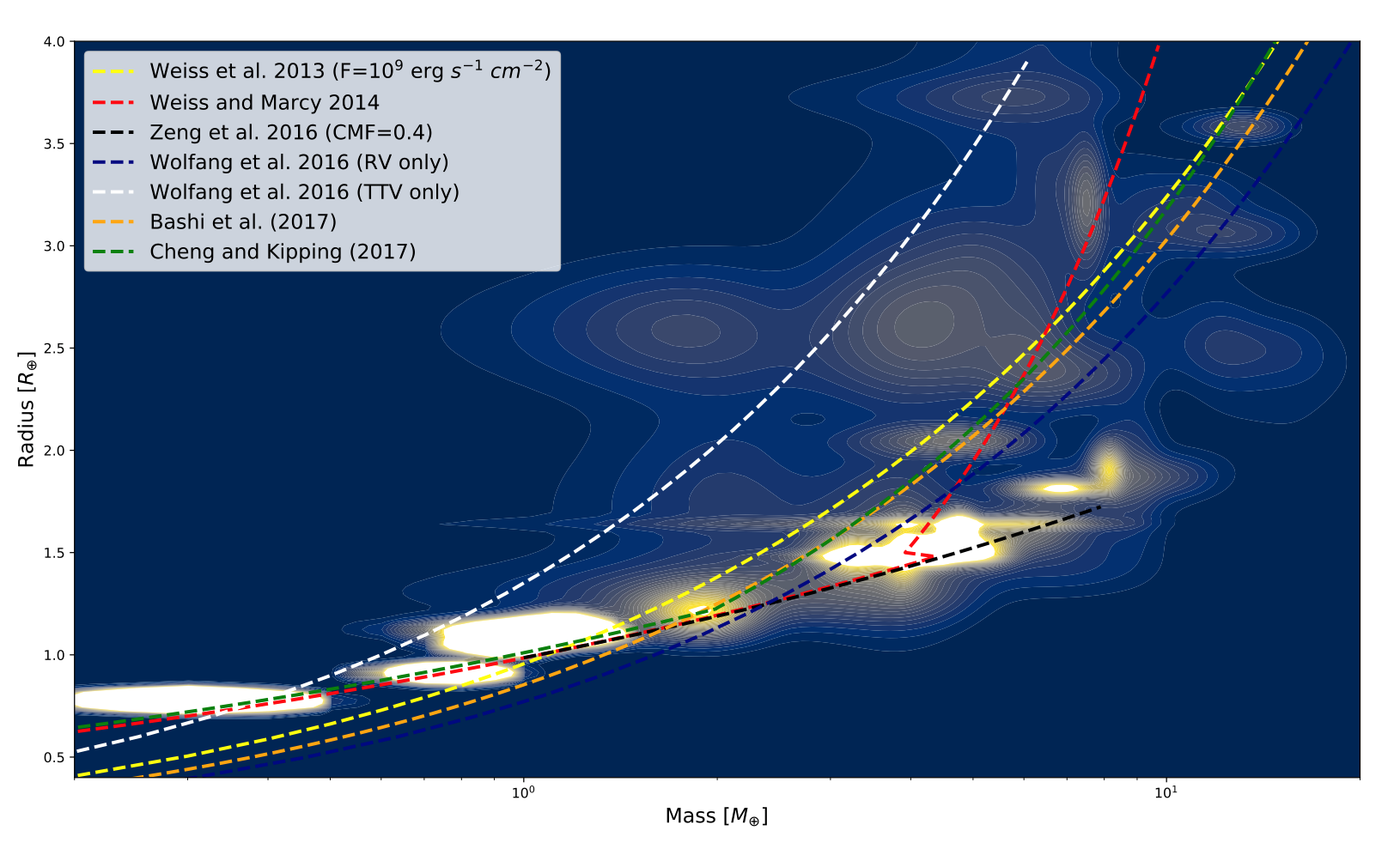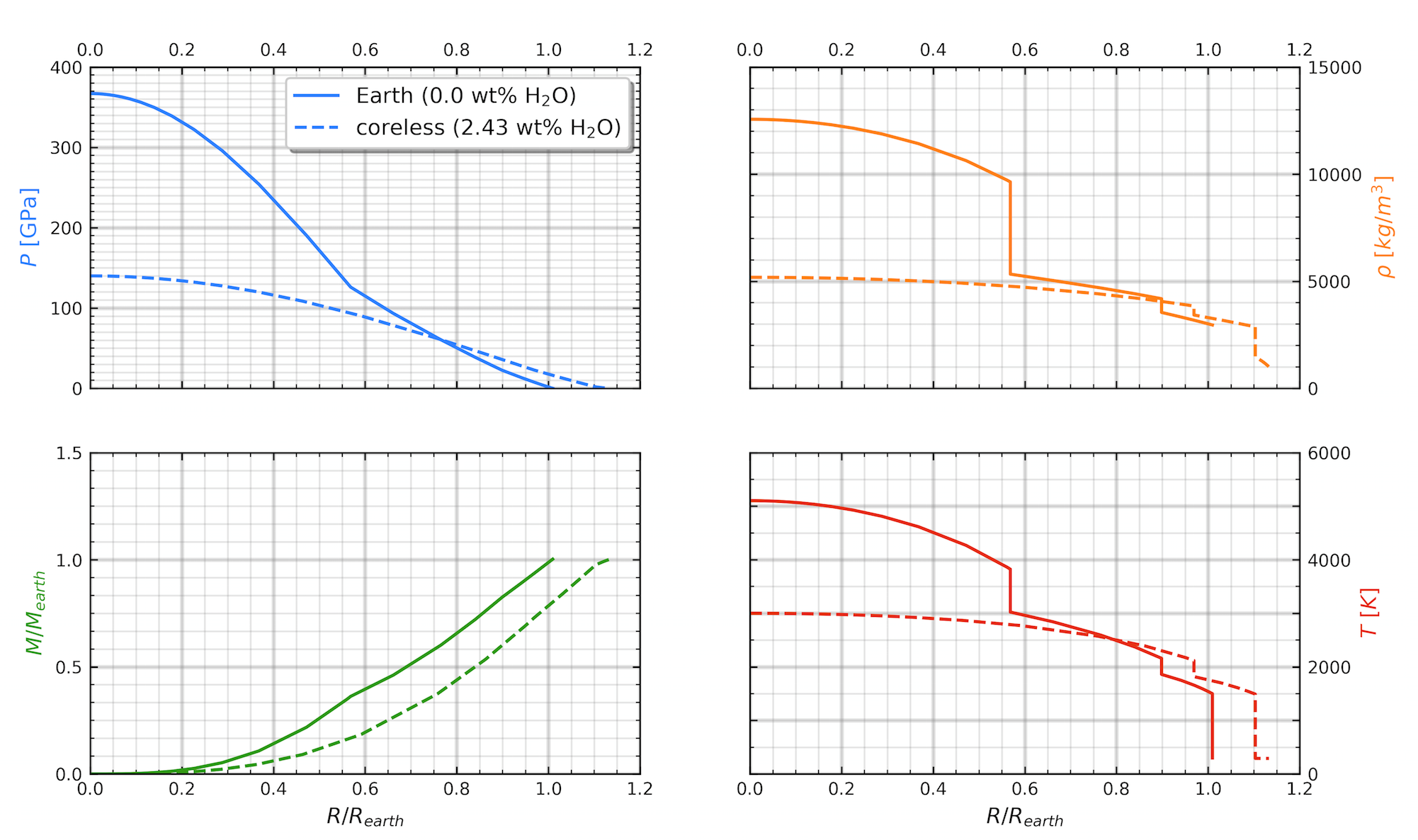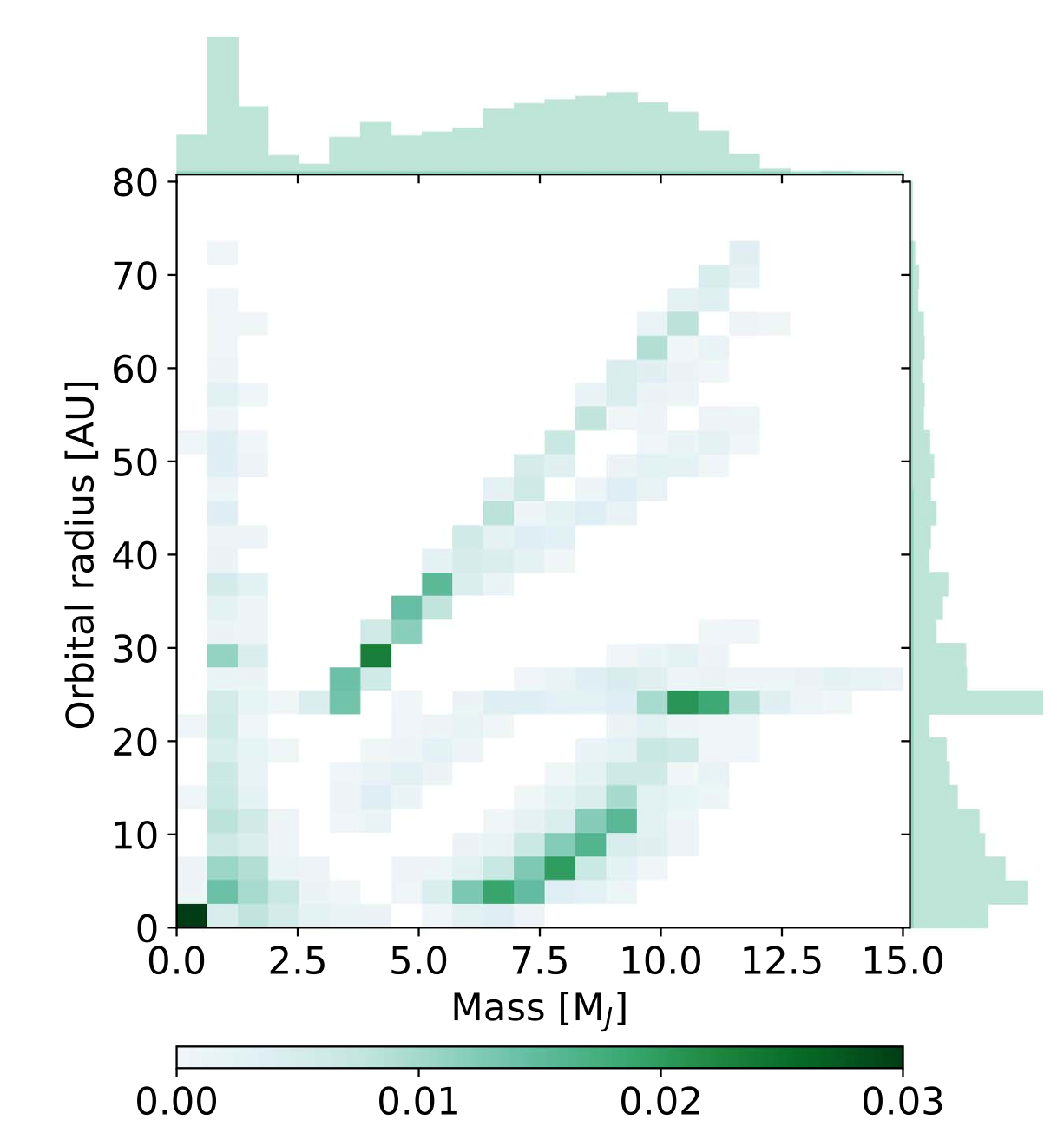Project 2.4: Planet evolution: connection with stellar properties, processes, and formation
A key question we aim to answer: What can we learn from the mass-radius (M-R) relation of exoplanets?
• How does the M-R depend on the planet’s age?
• Does the M-R relation changes with temperature/radial distance?
• What are the chemical and physical processes that can affect the M-R relation?
• How does the inferred planetary structure and composition depend on the used equation of state (EoS)?
• How does the M-R relation depend on stellar tmass and metallicity?
• Can we use to M-R relation to infer the properties of protoplanetary disks and to constrain planet formation mechanisms?

WP1: Constrain planet structure & composition: linking theory & observations
The objective of work package 1 (WP1) is to infer internal structure models for exoplanets with measured masses and radii and put limits on their plausible compositions and internal structure.
This project is led by PhD student, Jon Fernández Otegi, under the supervision of myself (RH, UZH) and Francois Bouchy at UniGe, and with close collaboration with Caroline Dorn (UZH).
We explore various theoretical M-R relations, investigate which physical properties can be best constrained and their dependence on the measurement uncertainty, identify biases and degeneracy, and finally we aim to identify the theoretical uncertainty when characterizing exoplanets and compare it with realistic measurement uncertainties. This project touches both data interpretation and the guidance of ongoing and future observation.

Figure 1. A Mass-Radius density map based on data of 13 exoplanets with measured mass and radius. The contribution of each observation is distributed on a Gaussian shape taking the uncertainties as 1σ. The curves correspond to various published M-R relations (credit: Otegi et al., 2019, in prep.).
WP2. Chemical Evolution and Internal Structure of Water-rich Planets
The objective of work-package 2 (WP2) is to investigate the internal structure and long-term evolution of volatile-rich intermediate-mass exoplanets. We plan to include possible rock-water interactions, dissociation and differentiation. In addition, we will explore how uncertainty in the equation of state of water and other elements affect in inferred M-R relation of such water-rich planets.
This project is led by PhD student, Oliver Shah, under the supervision of myself (RH, UZH) and Yann Alibert at UniB, and with close collaboration with Klaus Mezger (UniB).

Figure 2. Preliminary results for the internal structure of an Earth-mass planet when assuming 0 wt% water (solid curve) and 2.43 wt% water layer (dashed curve).
WP3. Formation and evolution in the Disk Instability Model
The objective of work-package 3 (WP3) is to explore the possible internal structures and evolution histories of giant protoplanets formed by gravitational instability. We plan to explore how the planetary interior evolves with time for various compositions accounting for various physical processes, and determine the planetary cooling rate and the expected basic physical properties as a function of time (age), thereby linking the initial and final compositions/internal structures. Part of this activity is conducted by PhD student Oliver Schib (UniB-UZH), partially supported by the phase-1 new initiative “Population Synthesis in the DI model” in collaboration with Christoph Mordasini (UniB). WP3 is also linked to observations of young giant exoplanets by direct imagining and collaboration is expected with Sascha Quanz (ETH) and Lucio Mayer (UZH).

Figure 3. The derived population of surviving clumps using various model assumptions regarding the clump density profiles, initial mass functions, protoplanetary disk models, stellar masses, and gap opening criteria (Müller et al., 2018). Shown is a histogram of mass and orbital radius of the surviving population. It is found that the distribution in mass is mostly flat with a peak at about 1 MJupiter. For the radial distance, we find that clumps typically have orbital radii < 30 AU. This figure clearly demonstrates the diversity of clumps in the disk instability scenario. See Müller et al., 2018 for further detail.

